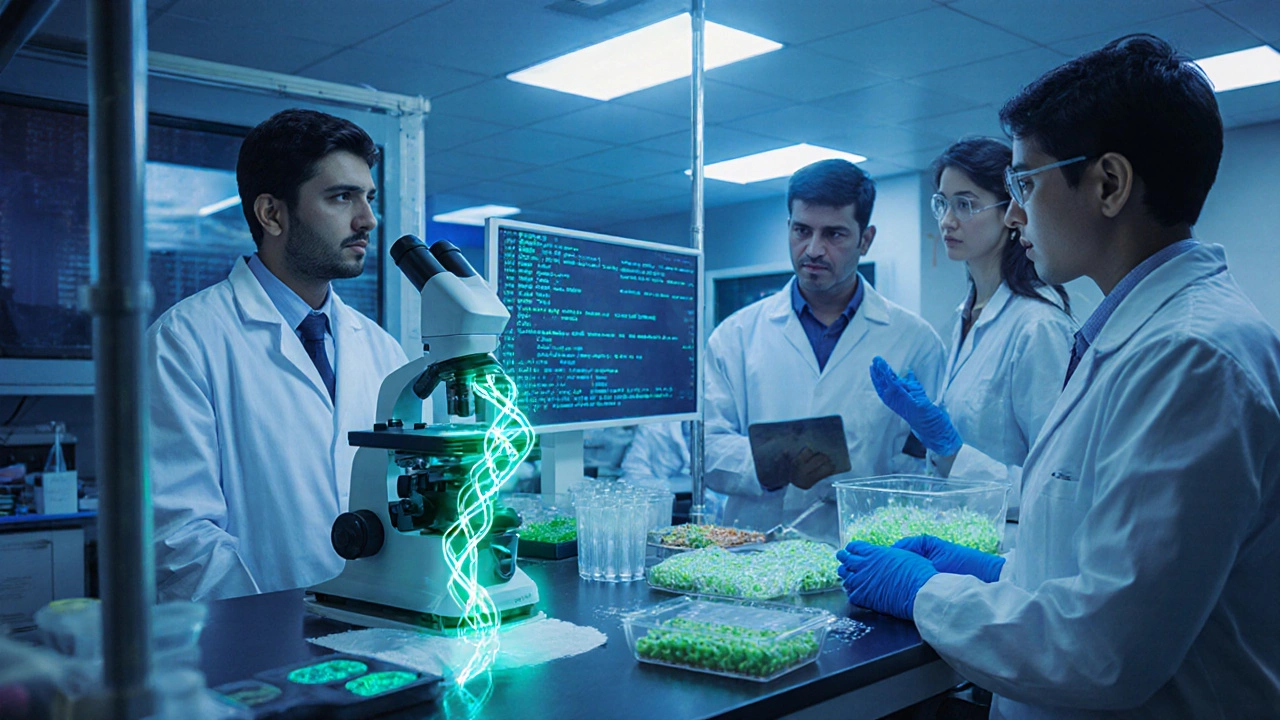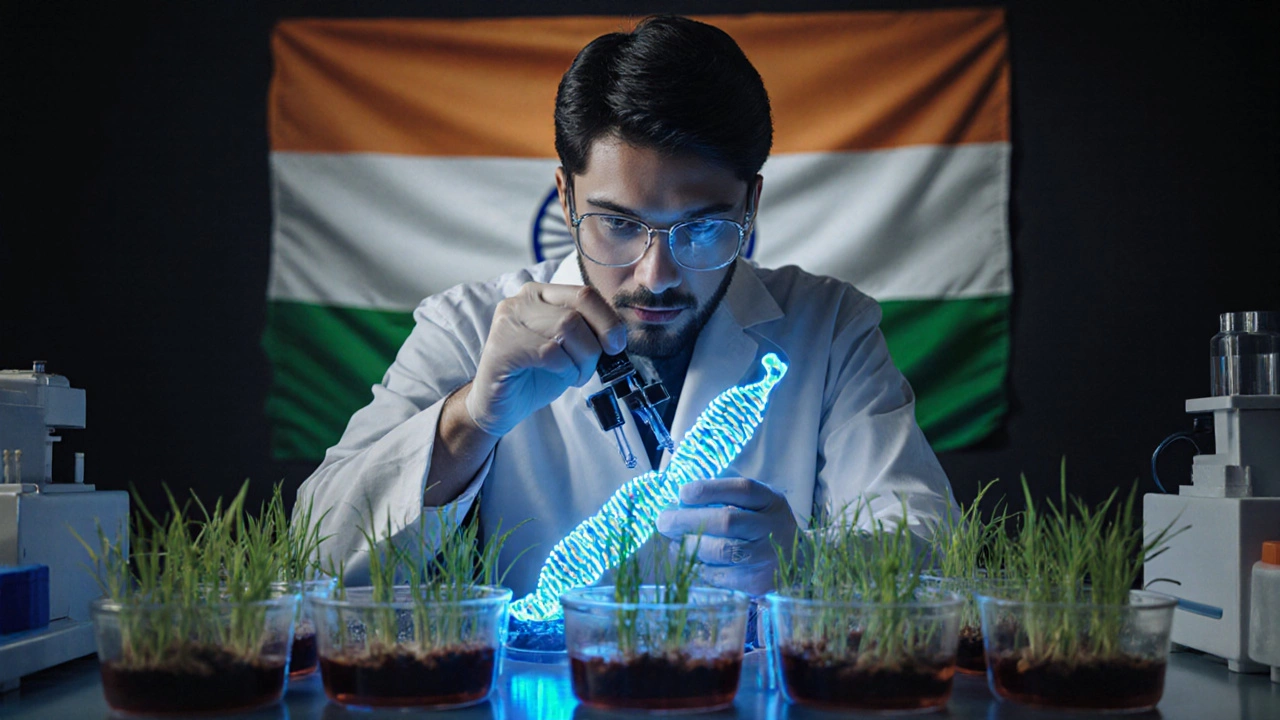Genetic Engineering: What It Is, How It’s Used, and Real Breakthroughs in India
When we talk about genetic engineering, the direct manipulation of an organism’s DNA using biotechnology. Also known as gene editing, it’s not science fiction—it’s happening right now in labs across India, from Bangalore to Hyderabad, changing how we treat diseases, grow food, and understand life itself.
At its core, genetic engineering lets scientists add, remove, or change specific parts of DNA. One of the most powerful tools for this is CRISPR gene editing, a precise, fast, and affordable method to cut and paste DNA sequences. It’s like using molecular scissors with a GPS. Researchers in India are using CRISPR to develop disease-resistant crops, create faster diagnostic tests for tuberculosis, and even explore cures for blood disorders like sickle cell anemia. This isn’t just theory—it’s in trials, in farms, and in hospitals.
Genetic engineering doesn’t stop at humans or crops. It’s also behind synthetic biology, the design and construction of new biological parts, devices, and systems. Indian scientists are engineering microbes to produce biofuels, clean up plastic waste, and make medicines cheaper. Meanwhile, gene therapy, a treatment that replaces or fixes faulty genes, is moving from labs to clinics. In 2025, India has over a dozen active gene therapy trials—some funded by public institutions, others by startups. These aren’t distant dreams. They’re real treatments being tested on real patients.
What makes genetic engineering in India unique? It’s not just about copying what’s done abroad. Indian researchers are solving local problems: creating drought-tolerant millets, engineering vaccines that don’t need refrigeration, and building low-cost gene sequencers for rural clinics. The focus is on accessibility, not just advancement.
Behind every breakthrough is a team—biologists, data scientists, engineers, and ethicists working together. You’ll find stories here about how these teams operate, what funding looks like, and how policies shape what gets developed. You’ll also see how genetic engineering connects to bigger trends: the rise of biotech jobs, the push for affordable healthcare, and India’s growing role in global science.
What you’ll find below aren’t just articles. They’re real examples of how genetic engineering is being used—not in labs on the other side of the world, but right here. From CRISPR trials in Pune to bioengineered crops in Punjab, these posts show the people, the science, and the impact. No hype. No jargon. Just what’s working, who’s doing it, and why it matters.






